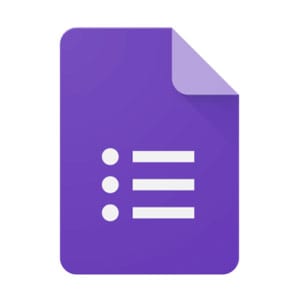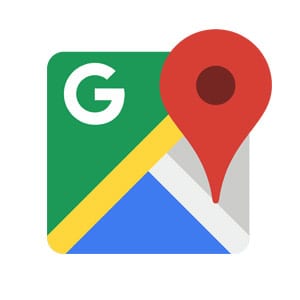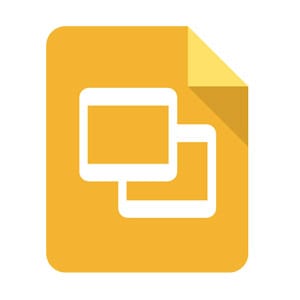Teaching Tools
Below is a list of digital teaching tools we curate for faculty and instructors at the University of Chicago. Contact us or book a consultation if you need help with the tools or classroom implementation.
Blogs
Class Blogs can be an effective write-to-learn assignment, in addition to other pedagogical uses. UChicago Voices is a WordPress-based blogging tool for faculty, students and staff to build websites, blogs, portfolios and more. Contact us for a consultation on using blogs for your course.
Canvas
Canvas is the University’s learning management system. Instructors can upload course documents, link to course reserves, start discussions, create and grade tests and assignments, and communicate with students via announcements and emails. We offer office hours, workshops, and individual consultations on Canvas for instructors.
Ed Discussion
Ed Discussion from edstem.org is a robust threaded discussion platform that allows document and image uploads, runnable code snippets, math equations, embedded video, and image annotation. Posts can be categorized and set to public (for the class), private, or anonymous. Instructors and TAs can endorse posts and provide feedback. We are happy to facilitate departmental demos or workshops.
- Ed Discussion Quick Start Guide
- Ed Discussion Advanced Features
- Vendor: Ed Quickstart Guide (features)
- Vendor: Watch a Demo (30-minute recording)
- Contact vendor support: support@edstem.org
Gradescope
Gradescope is a tool that facilitates the grading of hand-written work in an easier, more efficient, and more consistent way. It also allows better feedback for students, which reduces regrade requests. This is especially critical when assignments and exams are graded by a team of faculty and/or TAs. It can be used by any instructor and integrates with Canvas for roster sync and pushing grades to the Canvas Gradebook. We are happy to facilitate departmental demos or workshops.
- Contact us to set up an account and get started.
- Use Gradescope via Canvas (Faculty)
- Use Gradescope via Canvas (Students)
Hypothesis
Hypothesis is open-source software that allows for collaborative annotation down to the sentence level on online documents such as web pages, PDFs hosted on websites, or scholarly databases. Annotations can be public, private, or shared with members of a group, such as among class members. Hypothesis can help make reading visible, active, and social. Hypothesis is integrated with Canvas, and you can use it to create Canvas module items or assignments.
Lightboard
The UChicago Lightboard, housed on the A Level of Regenstein Library, is a glass board injected with light, allowing you to face your viewers while the text, figures, etc. you have written glow in front of you. The Lightboard is an excellent aid for recorded lectures and provides an added visual stimulus to enhance the concepts you’re presenting.
LinkedIn Learning
LinkedIn Learning offers thousands of self-paced online courses that can be used as supplemental instructional material or tutorials for specific skills needed for a given course. Browse popular courses on topics such as Python, R, Excel, and more. This tool is free across UChicago to anyone with an active CNetID.
- Visit the LinkedIn Learning website to get started.
OneButton Studio
The OneButton Studio (OBS) on Level A of the Regenstein Library is available for quick and easy video projects. The OBS is perfect for short video assignments or for practicing presentations (with or without presentation slides).
Panopto
Panopto is the University’s video management platform, a tool for recording, organizing, embedding, and live streaming video. It seamlessly integrates with Canvas for video/audio course content and in-video quizzes and can be used for DIY lecture capture and screencasts. Panopto also includes a suite of web-based video editing tools. While Canvas has its own audio and video tools, Panopto offers more robust features and analytics. See our Knowledge Base Articles for more information about how to use Panopto with Canvas.
Poll Everywhere
Poll Everywhere is a student response system that replaces physical clickers in the classroom. Poll Everywhere can facilitate quick polls, feedback, or quizzes in the classroom to promote better engagement from students and give instant insights into student understanding for instructors. Poll Everywhere easily integrates with Canvas, as well.
- See the Poll Everywhere website for more information.
Proctorio
Proctorio is a remote machine proctoring service that can record students’ audio, video, and computer screens while they complete online Canvas quizzes. Proctorio can deliver online exams that must be proctored; however, we discourage the use of online proctoring, as it can be invasive of student privacy and offers challenges that can be detrimental to the assessment experience. Proctorio is only effective when instructors set clear student expectations, review Proctorio exam results, and follow up with students who exhibit questionable behavior. The University of Chicago is currently offering Proctorio at a cost of $5 per exam per student. Before choosing Proctorio, you may wish to consider alternative methods of combating academic dishonesty. NOTE: Faculty and instructors at the Booth School of Business or the Pritzker School of Medicine should contact their divisional IT for help and support with Proctorio.
vLab
The UChicago Virtual Lab (vLab) is an online equivalent to a computer lab. You can use it to access certain course software. Access vLab from university-provided computers in the Library and other public spaces, or from your own laptop or desktop on the university network. (Please use cVPN when accessing vLab from off-campus.)
Google Suite
Anyone with a CNetID can access the UChicago Google Suite by logging in through our single-sign on with Shibboleth. For more information about the G Suite and how to access it, see the G Suite FAQ.

Google Docs
A word-processing document that allows up to 50 users to edit and 200 users to view simultaneously. Document owners can grant specific users editing, viewing, or commenting privileges. Users have the ability to track changes, and chat while working together.

Google Forms
Google Forms allows you to quickly create surveys, quick poll, and pop quiz collaboratively. Responses are automatically collected and organized in Google Sheets, and real-time response information and charts are available right inside Forms. It can be used as an alternative for classroom response systems.

Google Maps
Create custom maps to draw out geographical relationships. Draw lines, shapes, or placemarks on the maps; import geographically-specific data; use layers to hide or show different kinds of content.

Google Sheets
A spreadsheet that allows up to 50 users to edit and 200 users to view simultaneously. Document owners can grant specific users editing, viewing, or commenting privileges. Users have the ability to track changes, and chat while working together.

Google Slides
Google Slides allows you to create, edit, and present slides from any computer. Similar to Microsoft PowerPoint and Apple Keynote, but collaborators can edit together in real-time. Chat and comment functions facilitate working together.